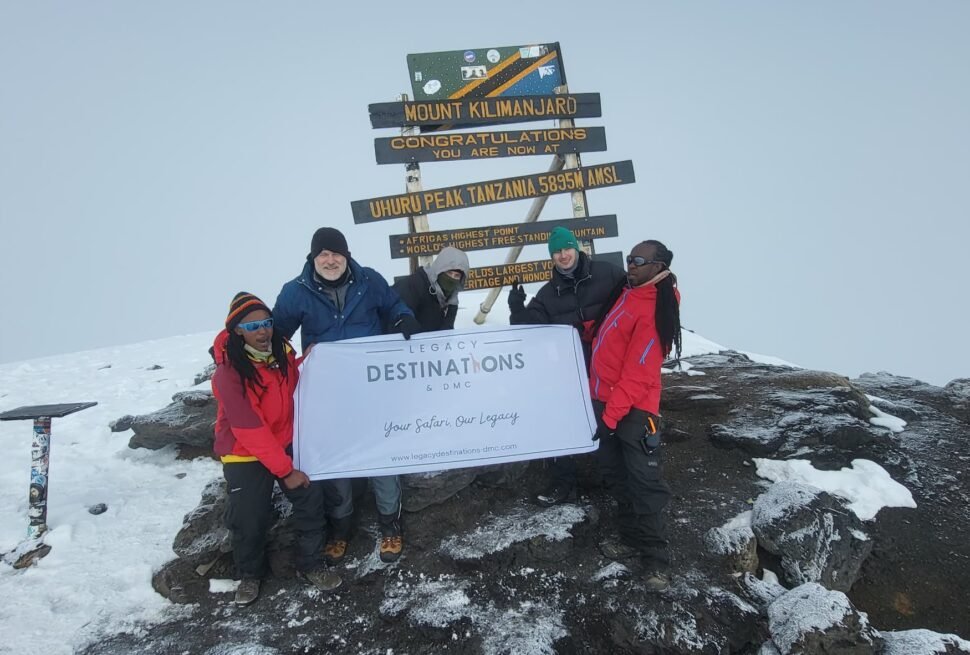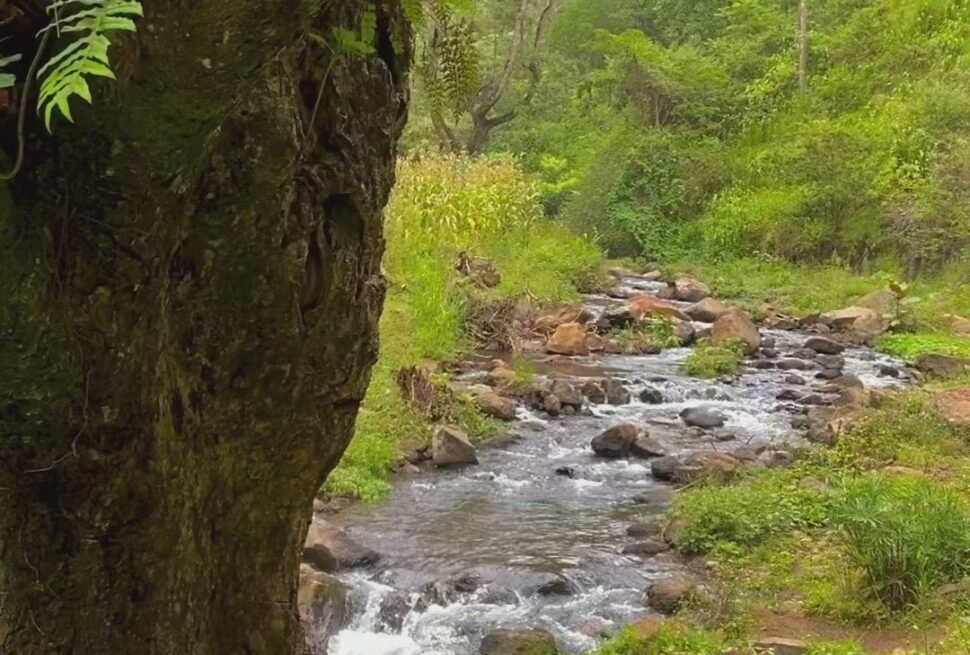Tanzania is a year-round destination, offering stunning landscapes, diverse wildlife, and rich cultural experiences. However, depending on your interests—whether it’s witnessing the Great Migration, climbing Mount Kilimanjaro, or relaxing on Zanzibar’s pristine beaches—certain times of the year may be more suitable for your visit. Here’s a detailed guide on the best time to explore Tanzania.
Dry Season (June to October) – The Best for Safari
The dry season is widely regarded as the best time to visit Tanzania, especially for wildlife enthusiasts. With little rainfall, the vegetation is sparse, making it easier to spot animals gathering around water sources.
- Great Migration (July to September): This is the peak season to witness the dramatic river crossings in the Serengeti as thousands of wildebeests and zebras migrate in search of greener pastures.
- Ideal Safari Conditions: The lack of rain means fewer mosquitoes and excellent game viewing in Serengeti National Park, Ngorongoro Crater, and Tarangire National Park.
- Mount Kilimanjaro Trekking: Clear skies and dry trails make this the most favorable period for climbing Africa’s highest peak.
- Zanzibar Beach Holidays: Although slightly cooler, the weather is still warm and perfect for enjoying the turquoise waters and white sandy beaches.
Short Rainy Season (November to December) – A Lush & Quieter Experience
During these months, Tanzania experiences short rains, often in the form of afternoon showers that don’t disrupt travel plans significantly.
- Lush Green Landscapes: The national parks turn vibrant with fresh vegetation, making it a beautiful time for photography.
- Fewer Tourists: This is a good time to visit if you prefer a quieter safari experience and lower accommodation prices.
- Bird Watching: Migratory birds arrive, making it a great time for birding enthusiasts.
Green Season (January to March) – Best for Calving Season
These months mark the green season, a fantastic period for witnessing new life in Tanzania’s national parks.
- Wildebeest Calving in the Serengeti (January to February): This is an incredible time to see newborn wildebeest and their first steps, attracting predators and offering thrilling wildlife encounters.
- Warm and Humid: While the weather is hot, occasional showers keep the parks lush and lively.
- Great for Photographers: The vibrant landscapes and dramatic skies make for stunning photography.
Long Rainy Season (April to May) – Budget-Friendly Travel
This is Tanzania’s low season due to heavy rains, but it comes with its own advantages.
- Lowest Prices: Many lodges and tour operators offer discounts, making it a budget-friendly time to visit.
- Less Crowded: If you prefer solitude in nature, this is an excellent time to explore without the usual crowds.
- Challenging Road Conditions: Some remote areas may be difficult to access, and certain lodges close for the season.
Final Thoughts
The best time to visit Tanzania depends on your travel preferences. If you’re after the iconic Great Migration or the best safari experience, June to October is ideal. For those seeking unique experiences like the calving season or lush landscapes, January to March offers fantastic opportunities. Travelers on a budget can take advantage of the off-season in April and May, while beach lovers can enjoy Zanzibar almost year-round.
Regardless of when you visit, Tanzania promises unforgettable adventures and breathtaking beauty. Plan your trip wisely, and enjoy the wonders of this incredible East African destination!.
Remember to consult Legacy Destinations & DMC about any enquiries you might have as they are among Tanzania’s specialist tour operators.




